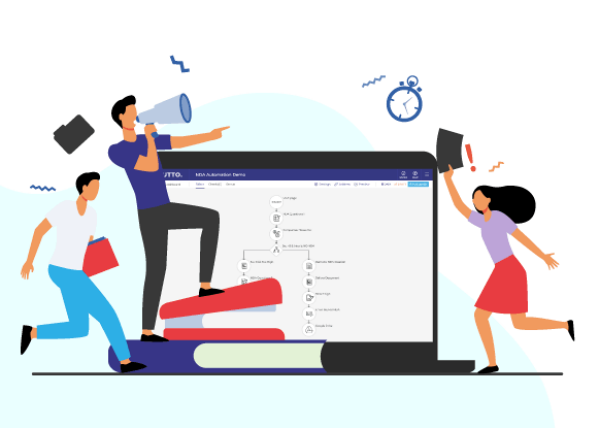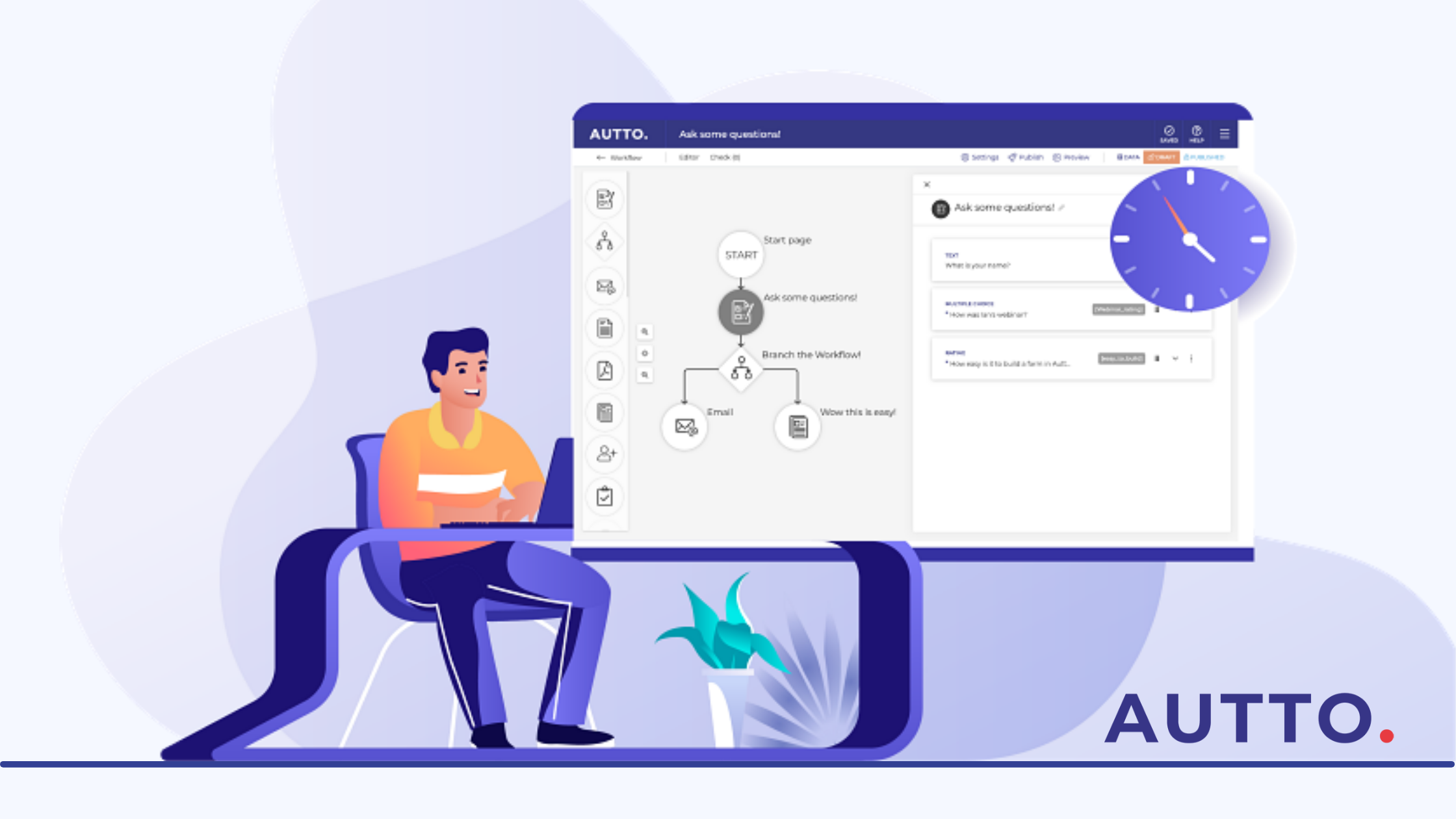There is no doubt that the shipping and logistics industry is facing a challenging yet opportune time. Spiralling fuel costs, labour shortages, sustainability, new government regulations and, of course, the small matter of a global pandemic, have contributed to unpredictable, highly disruptive waters. But, as The Economist neatly put it recently, “the era of predictable unpredictability is not going away” – with challenges come opportunities. The pandemic has seen shipping volumes explode as consumer demand continues on an unprecedented level. The industry has invested heavily in response to this – we’ve seen the rise of robotic technology to automate processes from picking to packing, inspecting to container stacking. However, what of the fundamental digital processes and documentation that sit behind the physical movement of goods? The instructions to partners, the insurance documentation, the verification of processes, the letters of credit, the accounts payable invoicing? Are these time and energy intensive processes keeping up with today’s volumes? Will ‘the way you’ve always done it’ be enough to keep pace with growth now and in the future? Could you improve operational efficiency and save money by automating these processes?
Still not sure? Consider this example. Research from Drewry Shipping Consultants estimates the container liner industry carries 60% of the goods (by value) moved internationally by sea, deploying 5,100 container ships worldwide on approximately 400 scheduled liner services, most of which sail weekly. This generates a global transport revenue of some $166 billion a year in transport revenues. But it also creates 1.26 billion freight invoices. Each of these has to be issued, verified, paid and reconciled. Astonishingly, the majority of these are still handled manually, making it a costly and onerous process, rife with errors. The level of automation of invoice reconciliation and settlement is very low, particularly among small and medium size players. Drewry states the cost of these process inefficiencies represent $34.4 billion a year.
Imagine an easy-to-create and run system that could massively simplify this. A process that makes it faster, more accurate and less resource heavy. Technology is available today to easily create a workflow to reconcile bookings, invoices and payments automatically, linking all stakeholders, ensuring digital records are kept for verification. All stakeholders can see it, track it and have the digital evidence.
But this is just one example. The reality of a modern-day supply chain is that every element of the process still generates a huge volume of documents. In fact, it’s estimated that every year, 12 billion documents are processed in ocean forwarding alone. Business leaders in the shipping and logistics sector should be looking at digital automation as a chance to change, to scale up and future proof their business.
Typically, the generation of shipping documentation has been handled by people because the cost of digital automation was simply too high and too complicated to create. However, today the use of cloud-based low-code and no-code automation platforms means that companies in shipping and logistics can build, operate and support an automated system with non-technical staff and budgets from a few thousand pounds a year. It has opened intelligent automation up to companies that could not previously afford this kind of tech. Platforms such as AUTTO have a lot of flexibility and yet also allow control, audit trail and monitoring and allocating tasks to your team. These systems will automate document production, calculations, task allocation, approvals, data transformation, integrations and update records. Potentially packing lists, bills of lading, certificates of origin, invoices and letters of credit can all be automated.
As software completes tasks within seconds instead of hours it cues staff or another automation to begin the next task – the overall pace at which your business responds increases. This means not only time spent doing a task is reduced but the ‘time elapsed’ between when a job was requested, and when it is completed drops rapidly. As your customers (both internal and external) are becoming more used to an ‘Amazon Prime’ business culture of immediate fulfilment, then the ability to deliver quickly is a competitive edge.
As an industry run increasingly by robotic process automation, leaders of shipping and logistics businesses should also be looking internally to ascertain which operational processes could benefit most from digital automation. We at AUTTO help businesses make operations leaner – improving customer satisfaction whilst using as few resources as possible – by helping you to create your own digital automation workflows. A few simple changes can really transform your business. With the challenges and opportunities currently facing the shipping and logistics industry, now is the perfect time to start to reap the benefits of adopting this leaner approach to operations using digital automation. We’d love the opportunity to talk to you more about how your business can benefit and provide you with a free trial of AUTTO. https://www.autto.io/free-trial/
If you’d like to understand more about our approach to lean operations using digital automation you can download our white paper here: https://www.autto.io/three-step-guide-to-lean-operations/
1 https://www.economist.com/leaders/2021/12/18/the-new-normal-is-already-here-get-used-to-it?frsc=dg%7Ce
2 https://www.solent.ac.uk/research-innovation-enterprise/documents/china-centre/global-maritime-weekly-digest-08-05-2018.pdf
3 According to in a Billentis report last year, of all the invoices issued worldwide, a jaw-dropping 90% of them are still processed manually



